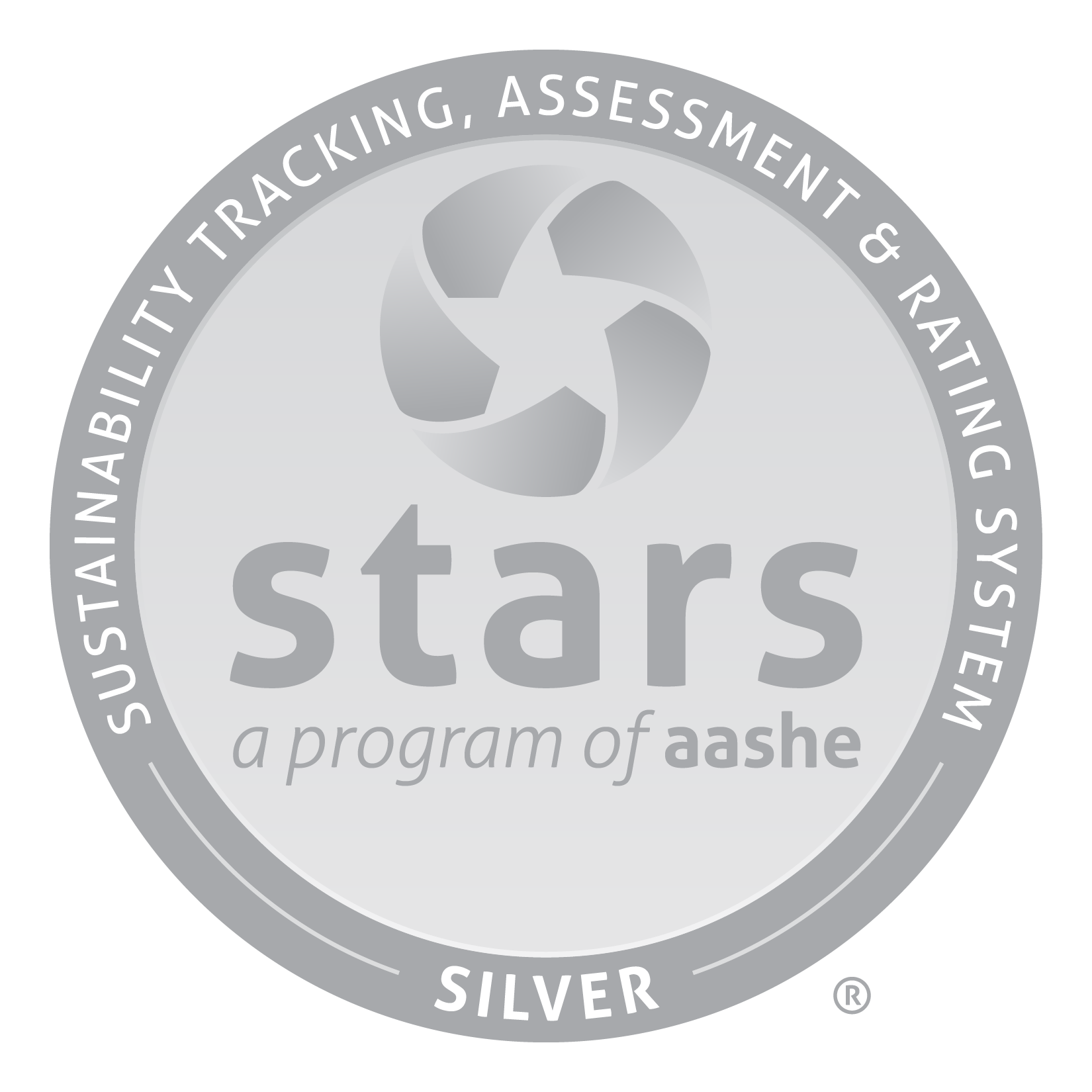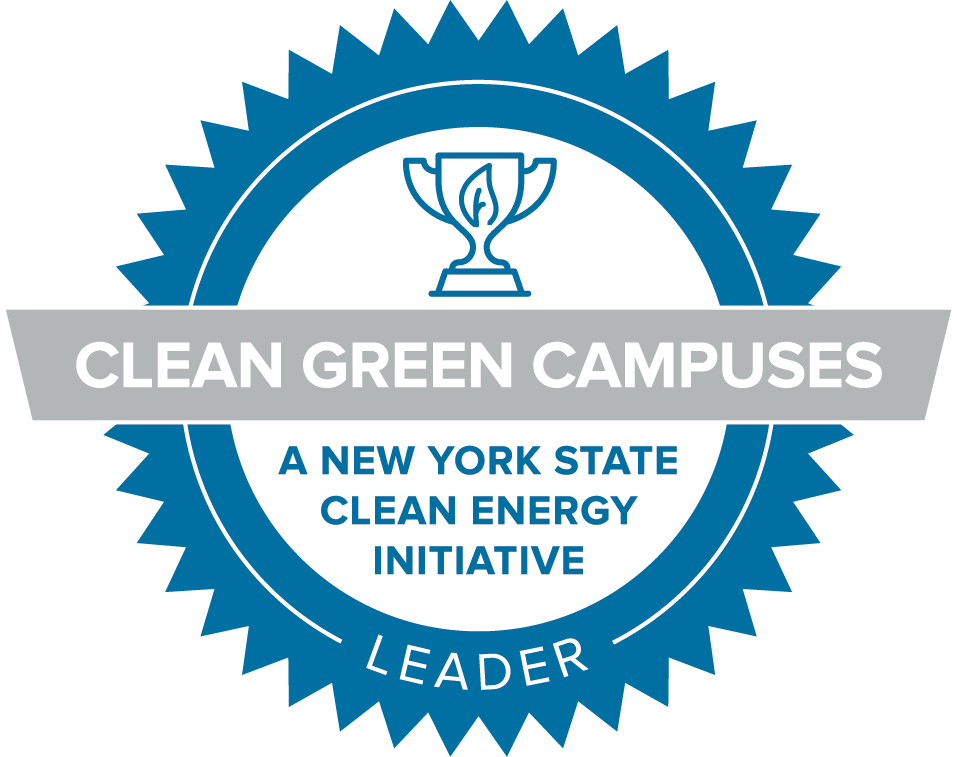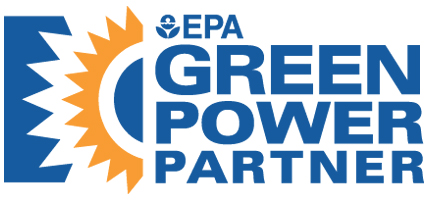Energy
The United Nations’ Sustainable Development goal on Affordable and Clean Energy addresses the issues associated with energy production and energy justice. The goal is to “ensure access to affordable, reliable, sustainable, and modern energy for all” (UN SDGs). At Skidmore, our main goal is to get 60% of our electricity from renewable sources. As of now, we get 43% of our electricity from renewables, including 10% from the solar field a mile from campus, 19% from purchased renewables, and 14% from our small hydro project! Also, 37% of our heating and cooling is provided from our on campus geothermal nodes! “Dive Deep” into the issue of energy production and why we must begin to switch to renewable sources.
In 2020, fossil fuels provided around 80% of US energy needs and yet it is one of the largest polluters and contributors to climate change globally. All fossil fuels, like coal, oil, and natural gas, are limited and nonrenewable resources. Extraction, processing, transportation, and combustion of fossil fuels cause massive amounts of environmental degradation and pollution, and are also associated with a plethora of environmental justice and humanitarian issues domestically and internationally.
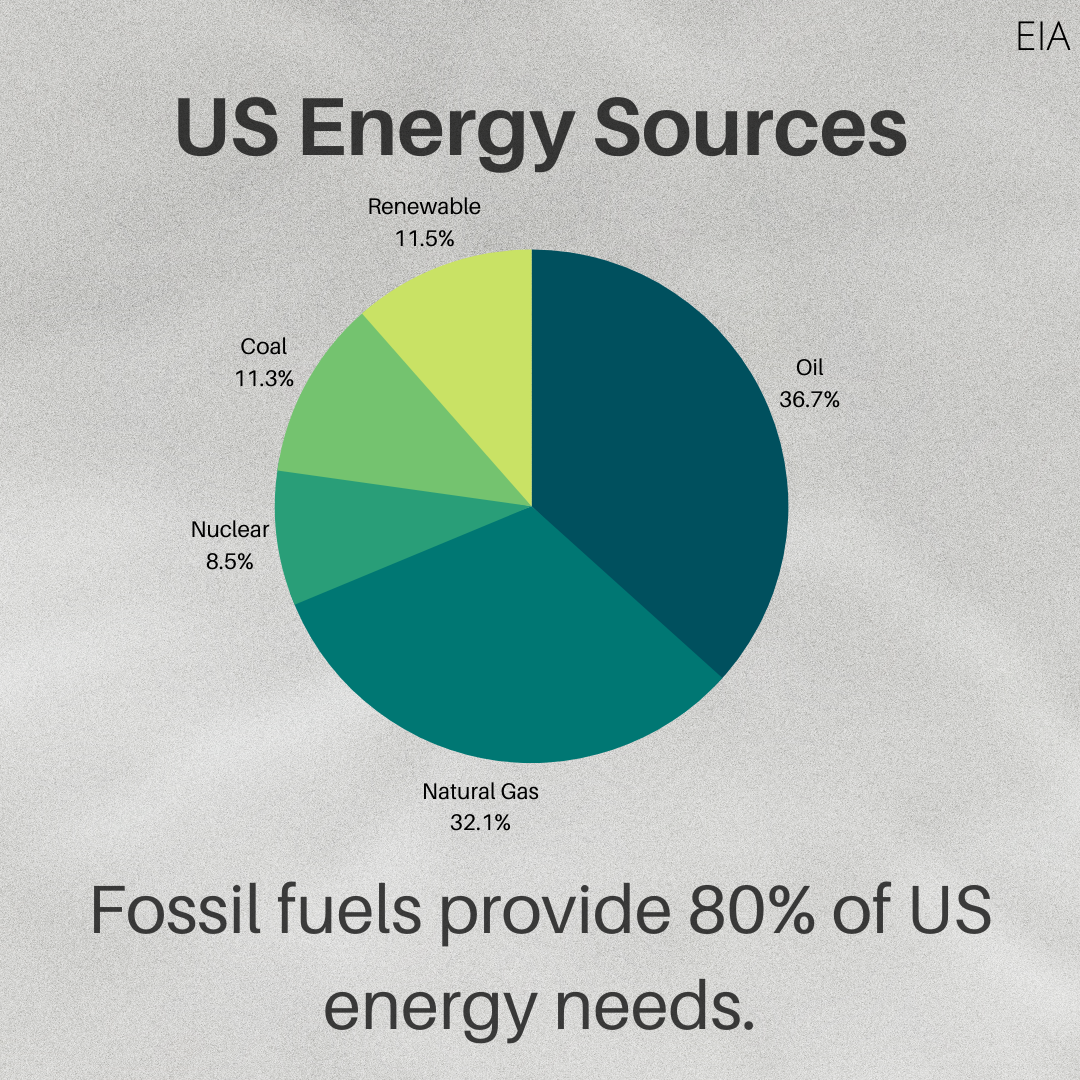
The mining and harvesting of fossil fuels can cause extreme land degradation, like mountaintop removal for harvesting coal and removing swathes of forests for natural gas, coal, or pipelines. The damaging of land in this manner has long term impacts on local wildlife, soil health, and causes erosion. The mining of fossil fuels also degrades water quality through the acid runoff from mines and site operations- this runoff can have very strong contaminants and pollutants and is even linked to health conditions (NRDC). The tantamount impact of fossil fuels for energy use is simply burning them, as they release potent greenhouse gases (GHG), like methane, carbon dioxide, and nitrous oxides, that contribute to global climate change (NRDC). In the US, fossil fuels are responsible for75% of our carbon emissions. In addition to carbon emissions, processing fossil fuels generates many toxic chemicals, like mercury and nitrogen oxide that are also linked with serious diseases, like cancer, asthma, and other respiratory illnesses (NRDC).
As mentioned above, living near places that burn fossil fuels (like power plants or neighborhoods near highways with lots of traffic and vehicle exhaust) is associated with higher rates of illness and disease. However, not all communities experience the same risks. BIPOC and low income communities are more likely to be exposed to these negative impacts. For example, an African American child is 3x more likelyto go to the emergency room for an asthma attack than a white child, due to higher rates of exposure to air pollution. These rates correspond to the fact that 78% of African Americans live within 30 miles of a coal-fired power plant (Yale 360). At the same time, minority communities are also more likely to experience energy poverty, and are more likely to have their power disconnected or shut-off (Nature). BIPOC and low-income communities are also more detached from more green/renewable energy sources (Nature). Overall, minority communities are more likely to be exposed to energy pollution, have less access to energy, and less access to green energy- this is a serious environmental and energy justice issue!
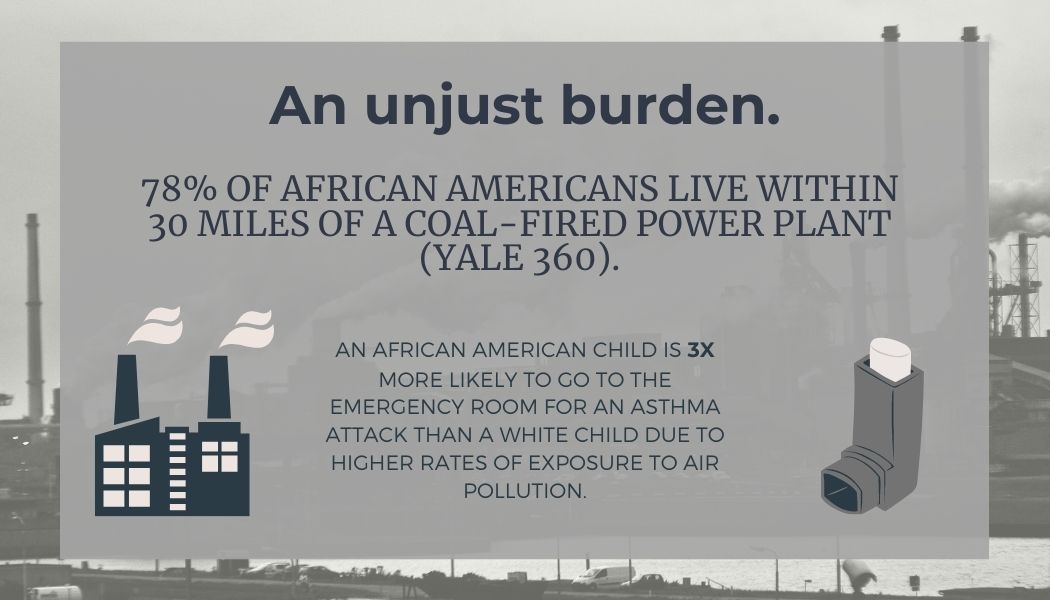
At the College, we aim to decrease our consumption of fossil fuels, source more of our electricity profile from renewable sources, and increase energy efficiencies on campus. There are some things that we as individuals can do to increase the efficiency of our energy use and support the use of more renewable sources. One way is to make energy an issue at the polls- vote and advocate for political candidates that support clean, fossil-free energy locally and nationally. Also, you can support businesses that use renewable sources and avoid companies that use fossil fuels (AKA plastics!). Look below for some tips!
General Tips:
- Turn off the lights when you leave a room or just don’t need them
-
- This applies to bathroom lights and fairy lights as well!
-
- Use power strips and turn them off when you aren’t using them to decrease energy consumption
- Unplug things you aren’t using!
-
- Phone and computer chargers, coffee makers, toasters, etc.
-
- Use a drying rack!
-
- Not only does this save energy, but it also increases the lifespan of your clothes
-
- Have a lamp? Try using LED or CFL light bulbs as they use less energy and last longer!
Tips for Living in Dorms:
- Bathroom lights!
-
- In some dorm buildings, the main bathroom light runs on a sensor, but the toilet and shower lights do not! Try to always turn off the lights when you are done!
-
- Skidmore Unplugged is an annual energy conservation competition here at Skidmore designed to promote energy conscious behavior through education. Each year, campus residence halls compete to have the greatest reduction in energy usage to win a water bottle refill station!
- Saratoga Springs Spa Solar Park is a solar field built on a landfill that was completed in 2017 and is expected to supply the county with 40% of their electrical energy and save $100,000 annually!
